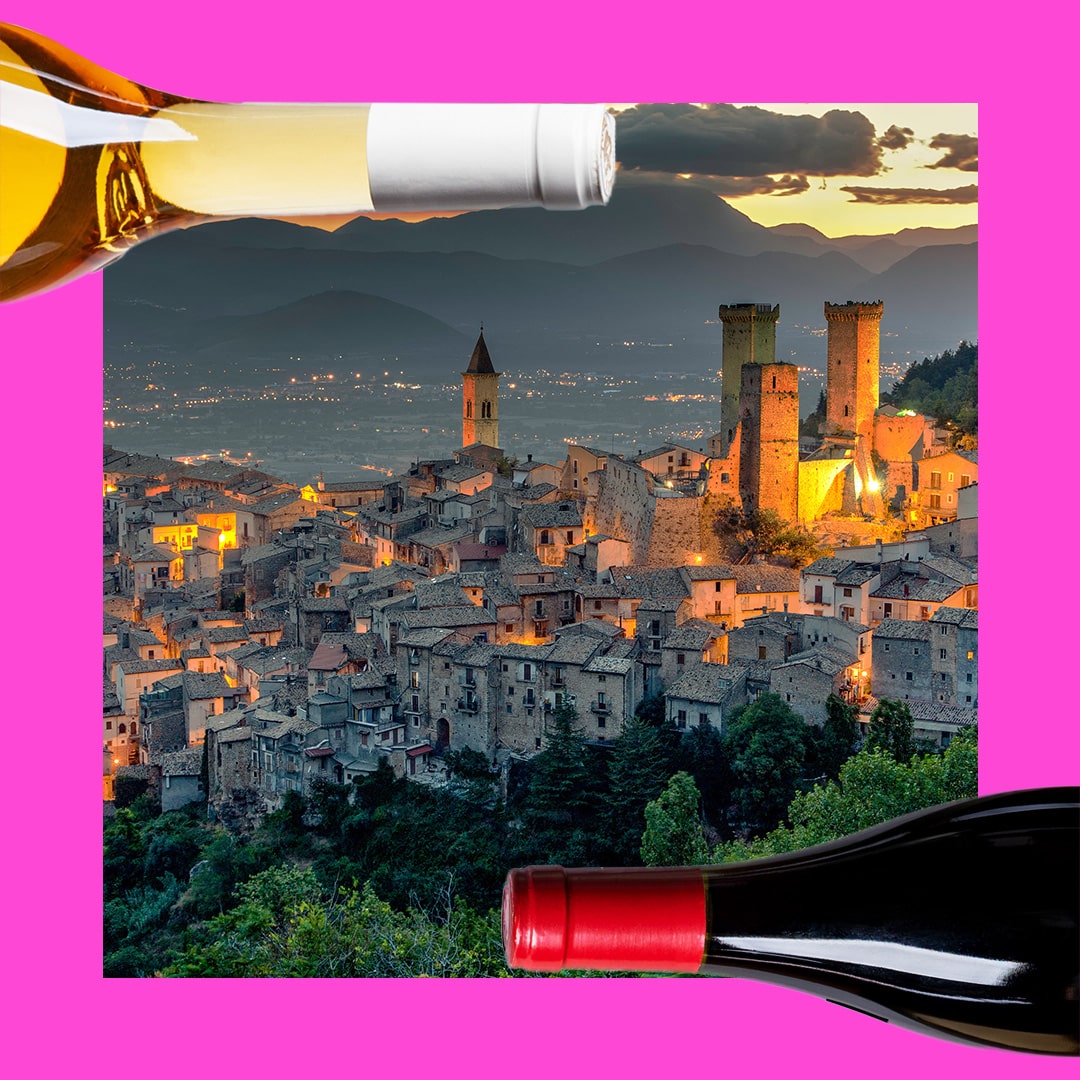Isolation is both the charm and challenge of Abruzzo, the coastal and mountainous region in central Italy almost due east of Rome on the Adriatic Sea. While you can drive there in a couple of hours, it’s a world away. And it is those mountains that largely define Abruzzo — the breathtaking Apennines just 20 miles or so inland from the sea that dominate the landscape and reach almost 10,000 feet at their apex.
They have kept Abruzzo off the beaten path, a seclusion that first-time visitors will find stunning. However, this separation has also hindered Abruzzo’s growth and its perception as a quality wine region. But that’s changing.
“It’s a high, hidden territory,” says Chiara Ciavolich, who owns the outstanding Ciavolich winery in the renowned Loreto Aprutino area of Pescara province, one of Abruzzo’s four wine subregions. “The mountains and three national parks protect the territory like a jewel.” The highway to Rome “was only built in the 1970s — in the ‘70s!” Ciavolich says, still amazed.
Don’t Miss A Drop
Get the latest in beer, wine, and cocktail culture sent straight to your inbox.
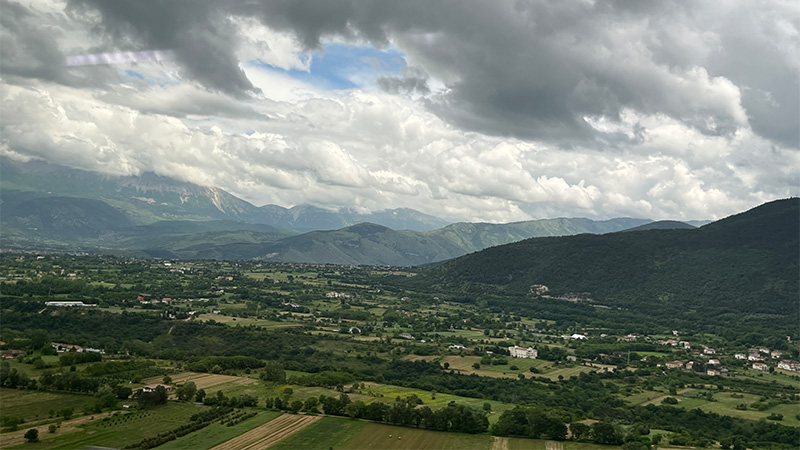
If many Americans can’t quite place Abruzzo on the map of Italy, they have a similarly vague sense of the wines, which have had a reputation more for quantity than quality.
They may have heard of the red Montepulciano d’Abruzzo, which received the region’s first DOC (denominazione di origine controllata) designation in the 1960s. They may have bought cheap versions of it, part of Abruzzo’s legacy of producing oceans of bulk wine. Under the DOC rules, Ciavolich notes, the grapes can still be shipped all over Italy and bottled with “Montepulciano d’Abruzzo” on the label. Much of the production also still comes from wine co-ops, with varying quality.
“Yes, we have a lot of Montepulciano bulk wine, which is also bottled outside the region, and is in supermarkets for 3 euros,” Ciavolich tells me at lunch at her winery. “But also people know that, at the same time, you can have a Montepulciano for 200 euros. This difference is becoming clear to the market.”
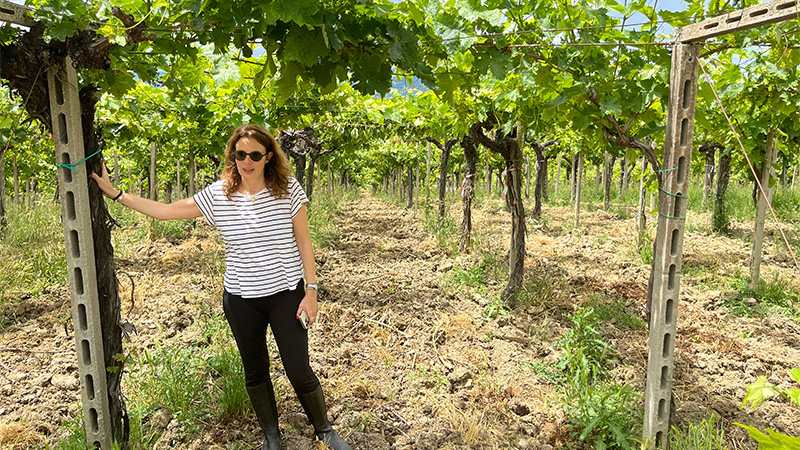
After spending a week in Abruzzo this month and tasting dozens of wines from celebrated producers and others, I came away with a stronger sense that the region is about far more than those inexpensive, workaday bottles. The top wines of Abruzzo deserve greater recognition and can hold their own against or outperform some of their better-known Italian counterparts.
I tasted numerous examples of Montepulciano d’Abruzzo; the white Trebbiano d’Abruzzo and Abruzzo Pecorino; and Cerasuolo d’Abruzzo, the exciting rosato (rosé) that gets its darkish hue from the deeply pigmented skins of the Montepulciano grape. (Cerasuolo is all the rage in Abruzzo right now and is well worth looking for in this country for a darker, more substantial take on rosé.)
For Montepulciano d’Abruzzo, the signature red grape, there has been another issue that winemakers bring up: Montepulciano also happens to be the name of the area in Tuscany that produces the well-known Vino Nobile di Montepulciano. Just one more obstacle to overcome in the confusing language of wine. But Abruzzo presses on.
While some of Italy’s most famous wine regions — Tuscany and Piedmont, for example — boast of wineries dating back a century or more, Abruzzo’s path to becoming known for its quality estate wines only began in earnest 30 or 40 years ago.
One of the pioneers was the late Gianni Masciarelli, who founded his eponymous winery in 1981 and set out to transform the region’s vineyard practices. “The first thing he did,” says Attilio Alfino, Masciarelli’s winemaker, “was focus on how to manage [the quality of] the Montepulciano and the Trebbiano because until those days, Montepuliciano and Trebbiano d’Abruzzo wine were known for bulk production and not for premium and fine wine.”
Along with Marina Cvetic, Gianni Masciarelli’s wife and the winery’s current owner, I looked out at one of her carefully tended Montepulciano vineyard whose grapes, grown in the region’s dominant clay soils, are used in the red Villa Gemma, Masciarelli’s top wine.
“Nobody believed it would be successful because we needed to change the mentality, the style of working in the vineyards,” Cvetic recalls. Today, Mascierelli’s wines are among the region’s benchmarks and have gained international recognition.
Stylistically, Montepulciano can be deep and powerful or elegant and reserved, appealing, for instance, to lovers of big-fruit California Cabernets or leaner Bordeaux. The vineyards and the fruit-driven wines benefit from Abruzzo’s ample sunshine and its ever-present cooling breezes from the Adriatic and the mountains. Many producers farm organically, and aging protocols range from stainless steel to concrete to oak barrels and even amphorae.
Indeed, Abruzzo’s wines today are far from monolithic as the region moves beyond its history — and its isolation.
Here are eight Montepulciano d’Abruzzo wines to try:
Torre dei Beati Montepulciano d’Abruzzo 2021
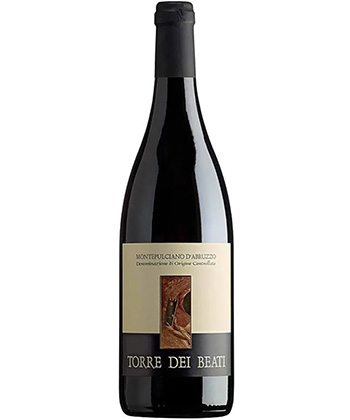
Still a bit enclosed, this is a subtle example that doesn’t hit you over the head, but as it opens up this classy wine shows dark plum and tart blueberry notes along with a touch of cocoa. Its lean style grew on me and I liked its lively acidity.
Price: $24
Buy This Wine
Masciarelli Villa Gemma Montepulciano d’Abruzzo Riserva 2017
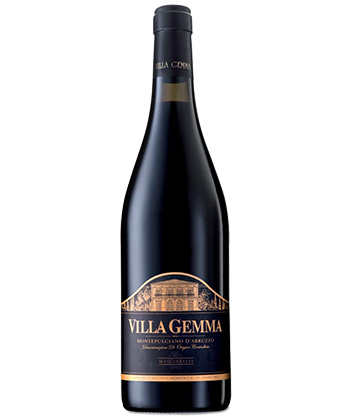
Villa Gemma is the pinnacle of the Masciarelli lineup, and this stunning wine lives up to its reputation, with incredible concentration and perfect balance of fruit, oak influence, and acidity. You wouldn’t know that it weighs in at 15 percent ABV. Overripe blackberry and blueberry flavors are accented by notes of cedar and coffee grounds. Perfect with a hearty ragu or roast. A wine that will age for years.
Price: $53
Buy This Wine
La Valentina Montepulciano d’Abruzzo “Spelt” 2018
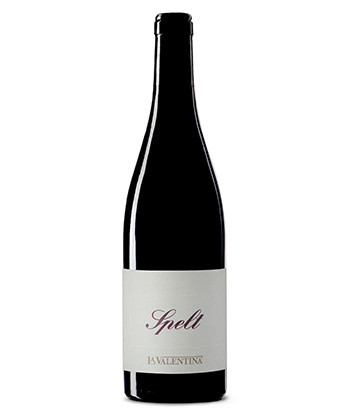
This is a superb wine sold by at least one retailer for under $20, though most offer it in the $25 range. Either way, it’s a great-value Montepulciano d’Abruzzo with concentrated fruit and typical dark berry flavors, a hint of balsamic, and chalky tannins. It’s aged for 18 months in oak barrels. Like many of the wines I tasted, it drinks well above its price tag.
Price: $18
Buy This Wine
Torre Zambra Montepulciano d’Abruzzo “Madia” 2020
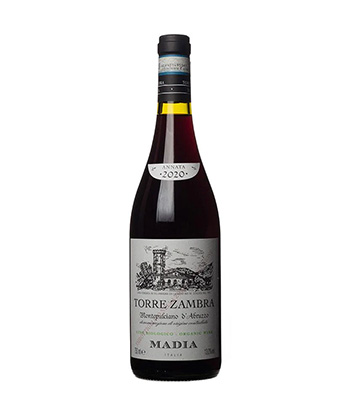
This easy-drinking wine has just enough complexity to make it interesting. Concentrated but lean with blackberry and blackcurrant flavors and touches of cinnamon, cocoa, and vanilla. Fine tannins and refreshing acidity round out the picture. It’s certainly a meat wine, but it’s light enough to pair with grilled salmon. It’s also a real bargain.
Price $14
Buy This Wine
Ciavolich Montepulciano d’Abruzzo “Fosso Cancelli” 2017
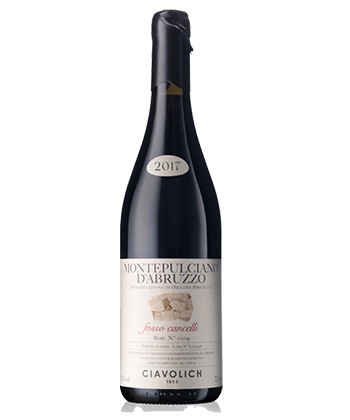
This stunning example of Montepulciano d’Abruzzo is made from grapes from the oldest vines (50–60 years old) on the Ciavolich estate, which lies in the celebrated Loreto Aprutino area of Abruzzo. Fermented and aged in concrete tanks, it shows how Montepulciano wine can soar without oak aging. Black cherry and blueberry flavors are framed by chewy tannins, with forest floor and balsamic notes in the background.
Price: $55
Buy This Wine
Cascina del Colle Montepulciano d’Abruzzo “Mammut” 2019
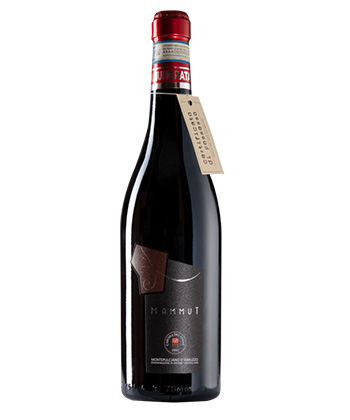
Aged for 18 months in stainless steel, this is a big-fruit wine that reminded me of a Valpolicella Ripasso or even an Amarone in style, with intense concentration in its sweet blueberry and blackberry flavors. Mammut refers to the discovery in the 1960s of a mammoth tusk near the site of the winery. It’s a fitting name for the wine.
Price: $26
Buy This Wine
Collefrisio Montepulciano d’Abruzzo “Semis” 2015
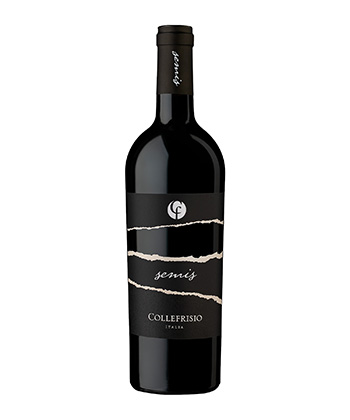
This elegant wine shows ripe red and dark fruit flavors, including blackberry, pomegranate, and cherry, with hints of milk chocolate and cloves, all of it framed by smooth tannins. The winery, like many estates in Abruzzo, uses organic farming practices.
Price: $40
Buy This Wine
Cantina Miglianico Montepulciano d’Abruzzo Riserva “Il Fondatore” 2018
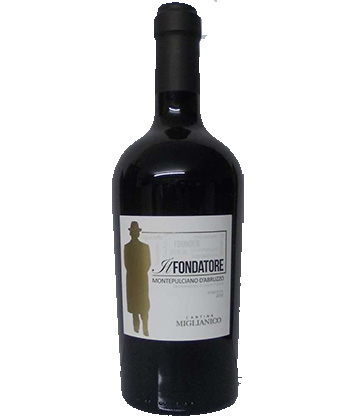
Another real bargain, this one shows the quality that can come from wines produced by cooperatives. The wine spends 18 months in new French oak barrels, which impart baking spice and vanilla accents to the concentrated dark berry flavors.
Price: $16
Buy This Wine
Next up: The white wines of Abruzzo


